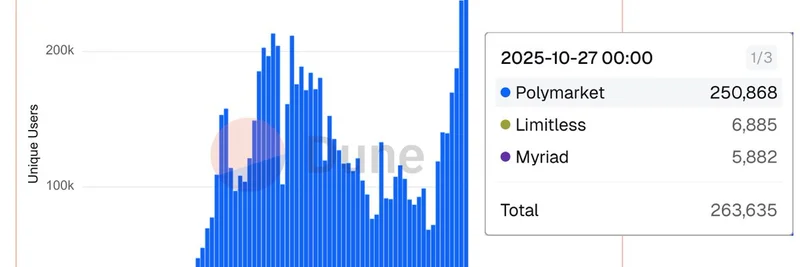Hey there, crypto enthusiasts! If you’ve been scrolling through X lately, you might have stumbled across a heated discussion about Bitcoin staking. A recent post by MartyParty on July 25, 2025, set the record straight, and it’s got everyone talking. Let’s break it down in a way that’s easy to digest, especially if you’re new to the crypto game or just looking to level up your knowledge in 2025.
Why Bitcoin Doesn’t Support Staking
First things first: Bitcoin doesn’t do staking. Marty’s post hammers this point home—Bitcoin runs on a Proof of Work (PoW) system. This means miners use powerful computers to solve complex math problems, securing the network and earning rewards in the process. It’s like a digital gold rush! Unlike Proof of Stake (PoS) networks (think Ethereum or Solana), where you lock up your coins with validators to earn yield, Bitcoin’s design doesn’t allow for this. Staking is all about holding and validating, but with Bitcoin, you’re mining, not staking.
So, when someone says they’re “staking Bitcoin” on a centralized platform, Marty warns they’re likely being misled. What’s really happening? You’re lending your Bitcoin to that platform in exchange for interest. It’s a subtle but critical difference, and misunderstanding it can lead to risks.
Lending vs. Staking: What’s the Deal?
Lending your Bitcoin to a centralized exchange (CEX) can sound tempting—earn some extra yield while holding your assets, right? But here’s the catch: you’re handing over custody. Marty points out that if a platform offers “Bitcoin staking,” they might be stretching the truth or even gaslighting you. True staking involves locking your assets in a decentralized network, while lending means trusting a middleman. And as history (like the FTX collapse) shows, centralized platforms can fail, leaving you high and dry.
That said, lending isn’t inherently bad. It’s a popular way to generate passive income with Bitcoin. Just know the risks—your funds are at the mercy of the platform’s security and solvency. Marty suggests keeping an eye out for red flags and understanding what you’re signing up for.
DeFi to the Rescue: Permissionless Yield Options
The good news? There are safer, decentralized ways to earn yield on your Bitcoin. Marty shouts out projects like Zeus Network and Ika on Sui Network, which bring Bitcoin liquidity into the world of DeFi (Decentralized Finance). These platforms let you use your Bitcoin in yield strategies without giving up control to a central entity. For example, Zeus integrates Bitcoin with Solana’s DeFi ecosystem, opening doors to liquidity pools and other earning opportunities.
This shift toward permissionless finance is a big deal in 2025. It means you can keep your crypto in your wallet while still putting it to work—perfect for those who value self-custody after lessons learned from past exchange failures.
Key Takeaways for 2025 Crypto Smarts
Marty’s post is a wake-up call to get smarter about crypto. Here’s what to remember:
- Bitcoin is Proof of Work—no staking involved.
- “Staking” on a CEX is usually lending, with custody risks.
- Explore DeFi options like Zeus Network or Ika for decentralized yield.
- Stay informed to protect your assets and evolve with the market.
The crypto space moves fast, and 2025 is shaping up to be a year of growth in DeFi and Bitcoin-related innovations. Whether you’re a meme token fan or a blockchain purist, understanding these basics can save you from headaches down the road. Drop your thoughts in the comments—have you tried lending or DeFi yield farming yet? Let’s chat!




